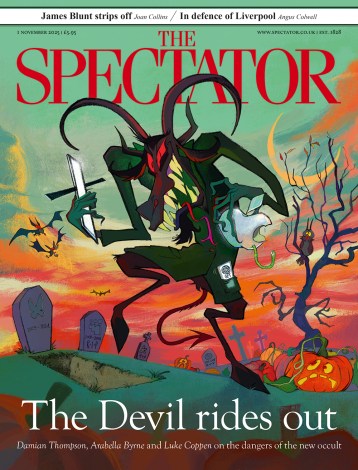Few people know this, but hidden within the FedEx logo, between the E and the x, there is a small white arrow, pointing to the right. I feel slightly guilty sharing this with you, since from now until your death you will find it impossible not to notice this device. It is something which once glimpsed cannot be unseen.
Perception can be irreversible: when you first see that famous blue/black or white/gold dress it may be fairly arbitrary whether you see it one way or the other, but you cannot unlearn your first impression. The brain resolves the ambiguity by making a snap assumption about the light in which it was photographed; yet once your brain has made this unconscious ‘hunch’, you cannot reverse the judgment. Once you go blue/black you never go back.
An ‘ambiguity of inference’, where something can be perceived entirely differently when viewed in a slightly different context, is a hallmark of many optical illusions. The same effect seems to be present in other forms of perception. Ideas, for instance, seem to be judged as good or bad according to some knee-jerk instinct, and our enthusiasm for those ideas, or our hostility to them, deepens as we then post-rationalise our gut reaction.
Nowhere is this more pronounced than in politics. Many political ideas seem to be arbitrarily categorised as left or right, or good or bad, after which people hastily reverse-engineer rational support for their feelings.
Some of the Green party’s political proposals are completely mad. But their proposal for a guaranteed basic income, derided by almost every-one, may not be quite the left-wing idea it is assumed to be. Previous supporters of the principle include Friedrich Hayek, Milton Friedman and Richard Nixon. In many ways, a guaranteed basic income is the kind of welfare which should appeal most to conservatives, since it does not incentivise bad behaviour, it is impossible to ‘game’ and it does not encourage people to exaggerate their own misfortunes (something which generally drives right-wing folk crazy).
Similarly, just as people hated the taste of Patagonian toothfish until it was cannily renamed Chilean sea bass, so people reacted with horror to the idea of a mansion tax but seemed happy when George Osborne introduced such a tax in all but name when he raised the stamp duty paid on large houses. (Though stamp duty is notionally paid by the buyer, it generally reduces property values commensurately; if you live in a £3 million house, you may have woken up £60,000 poorer the day this change was enacted).
Tuition fees, on the other hand, were a branding disaster: had they been positioned as a graduate tax rather than using the language of ‘fees’ and ‘loans’, they might have been seen as gold rather than black.
It would, I think, be possible to achieve a large part of the Green party’s aims by rewriting a manifesto in terms which were perfectly acceptable to supporters of Ukip. Alternative energy, for instance, could be encouraged not as a way to save polar bears, but as a patriotic duty; an alternative to paying billions of pounds every year to horrendous foreign regimes. Banning foie gras would be encouraged as a way to annoy the French.
The problem with political obsessives is that they instinctively judge ideas not according to their effectiveness but by the extent to which they annoy their opponents. A policy is judged not by how well it works, but by the degree to which it reduces the contentment of those social groups whose status you most want to see fall in relation to one’s own.
Rory Sutherland is vice-chairman of Ogilvy Group UK.







Comments